#cycladic culture
Explore tagged Tumblr posts
Text

A CYCLADIC MARBLE FOOTED CUP EARLY CYCLADIC II, CIRCA 2700-2200 B.C.
#A CYCLADIC MARBLE FOOTED CUP#EARLY CYCLADIC II#CIRCA 2700-2200 B.C.#marble#ancient marble#ancient artifacts#archeology#archeolgst#history#history news#ancient history#ancient culture#ancient civilizations#cycladic culture#cycladic history#cycladic art
32 notes
·
View notes
Text


Mysterious and memorable Neolithic ceramic male figure (5000–4500 BCE) from Szegvár-Tűzköves, Hungary, with a triangular mask-like face, known as a “Sickle God” due to the curved item he holds over his right shoulder.
A headless ceramic female figurine that accompanies him is equally exquisite, and both feel oddly contemporary. It ranks in accomplishment with Cycladic counterparts as do later limbless “violin”-shaped ceramic torsos (2,800–2,500 BCE). Such enigmatic human forms undoubtedly served a ritualistic function as witnessed by their archaeological contexts, yet the specific beliefs and practices are lost to time: no written record from these Neolithic or Copper era cultures has come down through the ages, if writing in these regions even yet existed.
4 notes
·
View notes
Photo
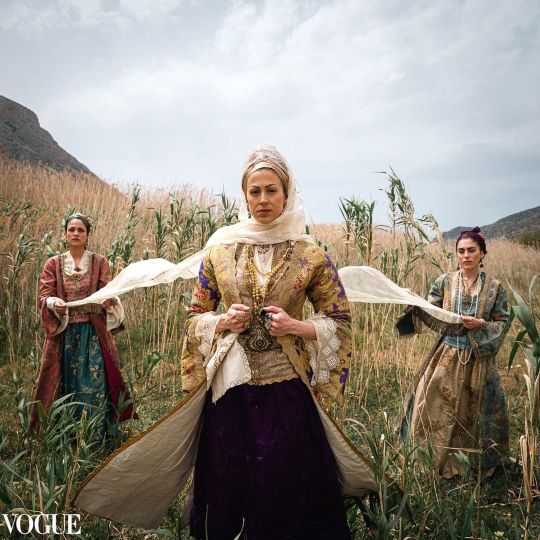
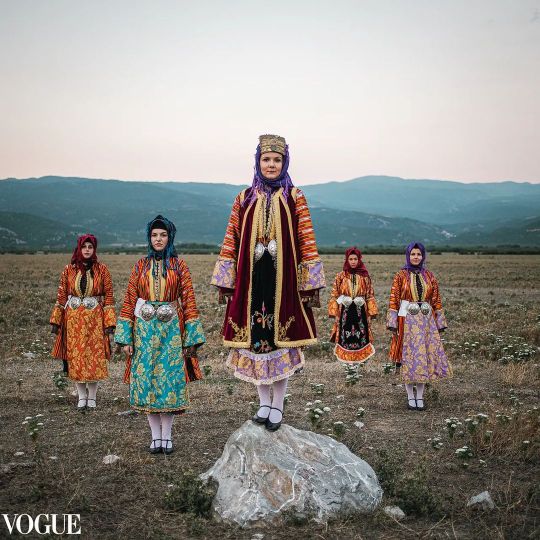
Photos from Michael Pappas’s “Mitos: The Thread of Greece” project for Vogue.
Sifnos, Cyclades islands
Stefanovíkio, Magnesia, Thessaly
#greece#photography#tradition#culture#vogue#traditional clothing#vintage#fashion#folk dress#Folk Clothing#historical fashion#greek culture#traditional dress#sifnos#cyclades#cycladic islands#stefanovikio#magnesia#thessaly#mainland#greek islands
500 notes
·
View notes
Text

Been Reading some stuff about Bronze Age Greece, I've drawn these guys :D The Cycladic culture was a Bronze Age culture (c. 3100–c. 1000 BC) found throughout the islands of the Cyclades in the Aegean Sea.
Being a Culture between islands I decided to make them dolphins , (the current national animal of Greece!) to make then swim around the islands !

The Minoan civilization was a Bronze Age culture (3100 – c. 1100 BC) which was centered on the island of Crete. (The History of the Minoans)
Decided to make them both a Minotaur and a Centaur!

Mycenaean civilization was the last phase of the Bronze Age in ancient Greece, spanning the period from approximately 1750 to 1050 BC. It represents the first advanced and distinctively Greek civilization in mainland Greece with its palatial states, urban organization, works of art, and writing system.
Kept them as a Cyclop for Cyclopean masonry: "...Pausanias attributes all of the fortifications of Tiryns and Mycenae, including the Lion Gate, to the Cyclopes..."
(Also made them bigger since they conquer the rest, The EPIC musical Cyclop saga hyped me)

#countryhumans#countryhumans mycenae#countryhumans cycladic culture#countryhumans minoan civilization
31 notes
·
View notes
Text
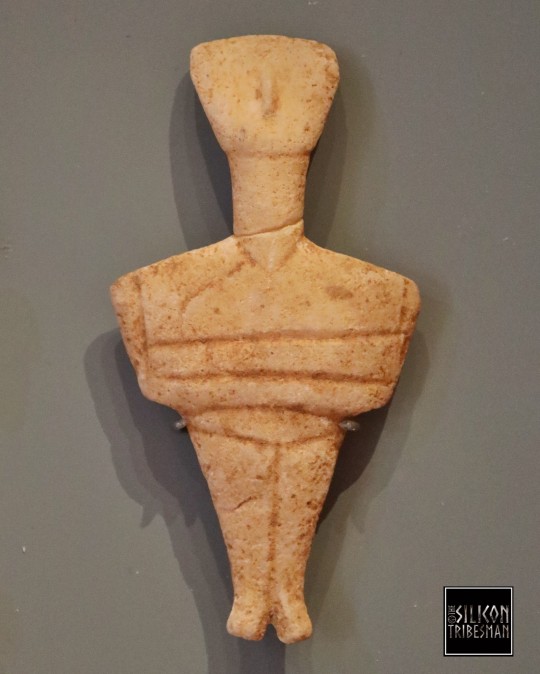
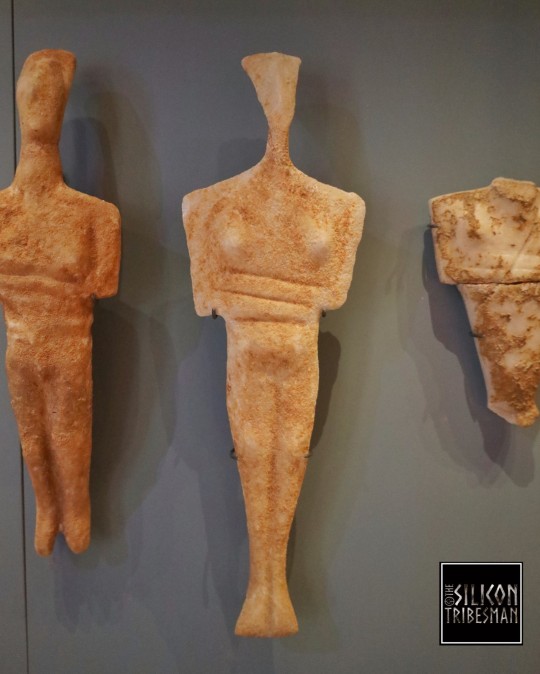
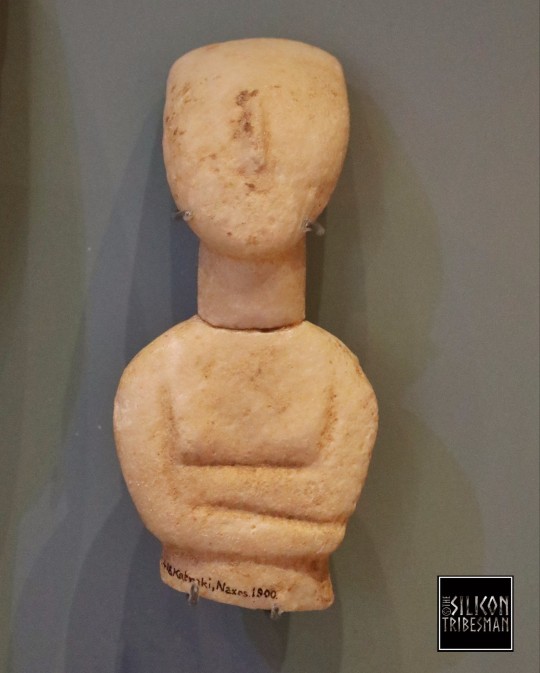
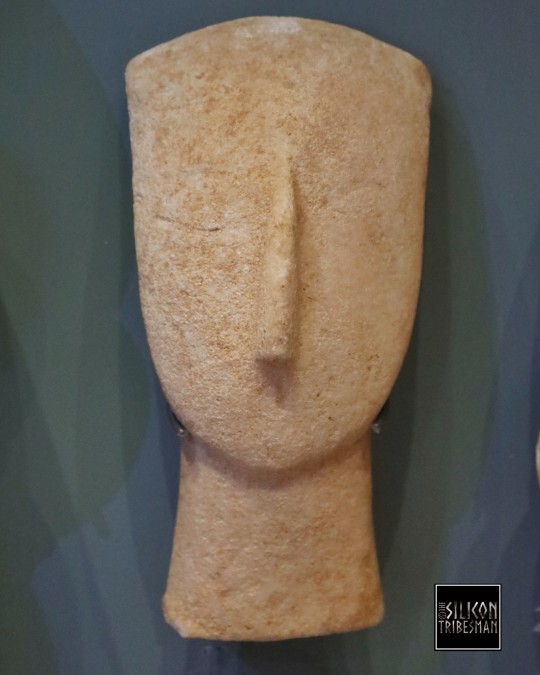

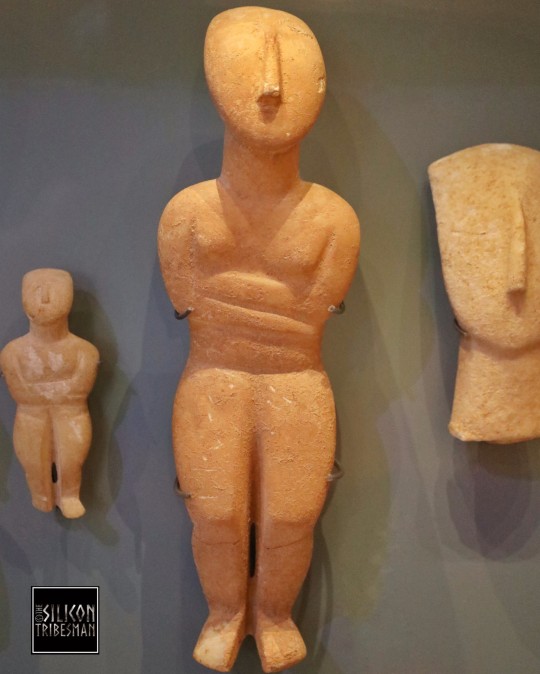
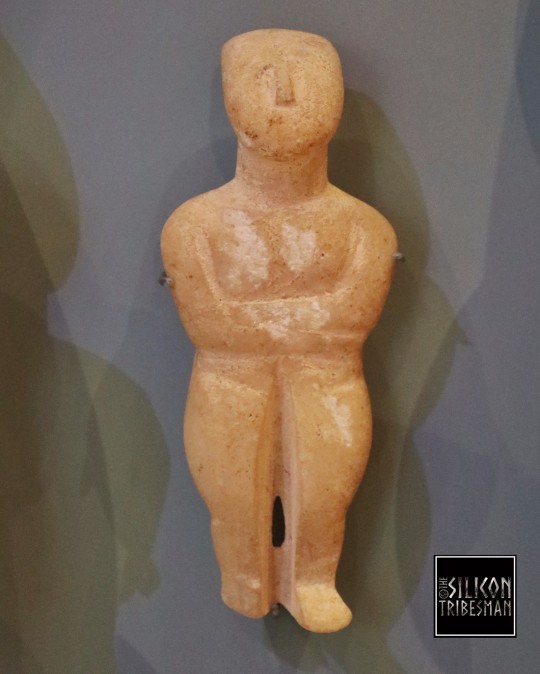

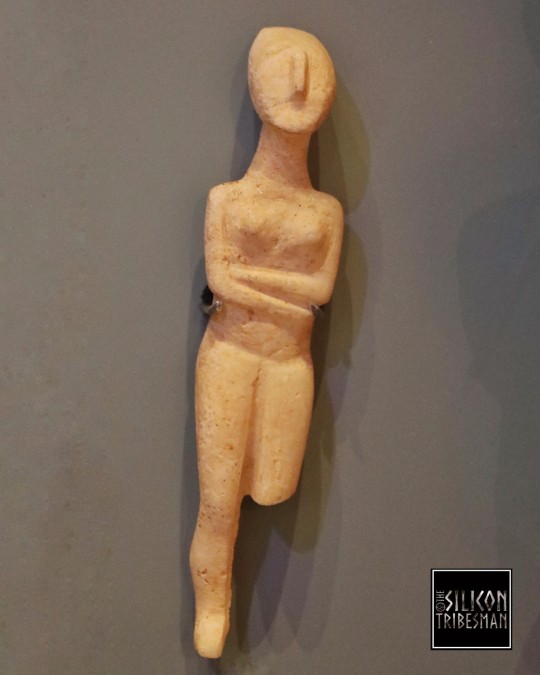
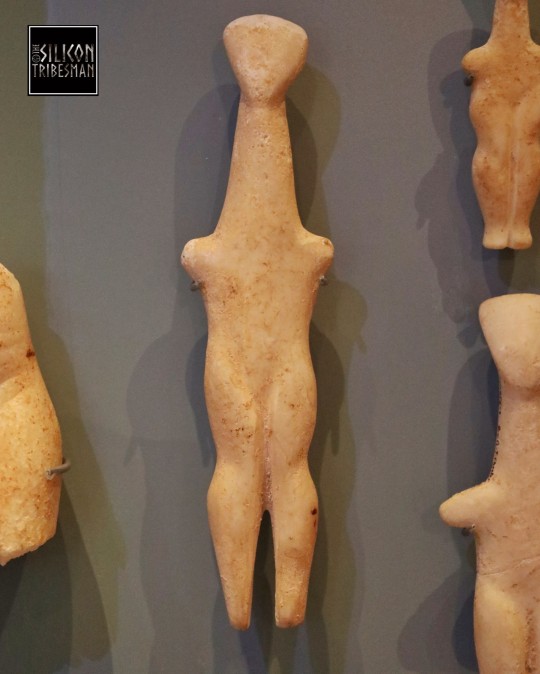
Cycladic Figurines of Ancient Greece, 4th and 3rd Millennium BCE
Most of the marble figures were sculpted in the Cyclades during the late 4th and 3rd Millennium BCE. The sculptors used simple tools, like obsidian for cutting and emery for polishing.
Found in settlements and tombs, these figures may have served as representations of the dead, of gods and goddesses and their followers or as offerings and amulets.
When the figures were first discovered, some still bearing traces of painted decoration, they were generally considered crude and ugly. Later in the 20th century their simple form influenced artists like Picasso, Modigliani and Moore.
Ashmolean Museum, Oxford
#cyclades#cycladicfigures#archaeology#ancient craft#ancient cultures#ancient living#ancient sites#greece#votive#offering#marble#statuette#figure
131 notes
·
View notes
Text
expanding on my tags here a lil bit, I do think ml Scala is meant to take inspiration from multiple different european places but it really is very very italian to me. Like there’s the battle theme and architecture and potential symbolism yeah, but…hmm. Maybe I’m partly pulling from personal experience. I’ve visited Rome before so when I look at some of the shots in ml, mostly the nighttime ones, I just remember walking around the streets the first night I was there and how soft and warm the lighting was. It just feels the same to me somehow, which, if anything, is a testament to the amount of care and attention that was put into developing this version of Scala (from the devs themselves and in-universe ;) )
#roadie rambles#I’m fascinated by the progression of architecture between daybreak -> ml scala -> dr scala in general#bavarian to romanesque/gothic to cycladic…it’s like they’ve been giving us a tour of european architecture in this one world alone 😄 how fu#n#symbolic too perhaps#this is why I like to think early scala (overmorrow scala) is a bit different too; more cammarata and mont st michel#inspired#in my head scala just changes with every generation to suit the needs of the people#can’t tell if that would be fascinating or frustrating for a historian/archaeologist haha#anyway that’s my daily brain dump thanks for coming to the ted talk ❤️#scala culture
13 notes
·
View notes
Text
13 Best Greek Islands That Should Be on Every Traveler’s List
The Greek islands are the perfect vacation destination if you dream of sunny skies, soft white sand beaches, crystal-clear turquoise waters, traditional cuisine, and ancient sites. They have everything from the iconic whitewashed buildings of Santorini and pristine beaches in Mykonos to mesmerizing ancient architecture in Crete and authentic Greek cuisine in Kefalonia. However, with over 220…
#Aegean Sea#ancient sites#beach destinations#coastal views#Corfu#Crete#Cyclades#family-friendly#Folegandros#Greece travel#Greek architecture#Greek beaches#Greek cuisine#Greek culture#Greek history#Greek hospitality#Greek islands#Greek vacations#Greek wine#hidden gems#hiking#Hydra#Ionian Sea#island getaways#island hopping#Kefalonia#Lefkada#Luxury Travel#Mediterranean#must-visit islands
2 notes
·
View notes
Text
Exploring Greece in the Pre-Homeric Era
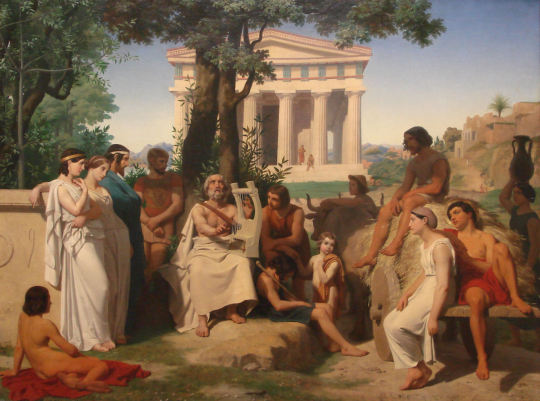
View On WordPress
#aegean#Agamemnon#archeaolgy#archeology#art#asia minor#corinth#crete#culture#cyclades#egypt#epic#german#greek#helen#history#homer#homeros#iliad#knossos#mesopotamia#minoan#minoan crete#mycenae#poem#prehistoric#Schliemann#travel#troy#turkey
2 notes
·
View notes
Text
youtube
#Santorini Greece#blue-domed churches#Santorini colorful beaches#Santorini tour#Santorini travel guide#Oia Santorini village#Cycladic architecture#Greek islands#Mediterranean travel#Aegean Sea#Santorini vacation#Greece travel tips#Santorini travel vlog#Santorini picturesque destinations#Greek culture#Turquoise waters#Santorini White buildings#Youtube
0 notes
Text
For real the Sifnian attire is lovely!

Am I late? Most definitely, have a Sifnian Miku regardless :D
(I have seen the costume in person and it's the most gorgeous thing I've ever laid my eyes upon)
84 notes
·
View notes
Text

A CYCLADIC GRAY CHLORITE PYXIS EARLY CYCLADIC II, CIRCA 2700-2500 B.C.
#A CYCLADIC GRAY CHLORITE PYXIS#EARLY CYCLADIC II#CIRCA 2700-2500 B.C.#pottery#ancient pottery#ancient artifacts#archeology#archeolgst#history#history news#ancient history#ancient culture#ancient civilizations#ancient greece#greek history#greek art#historical art
17 notes
·
View notes
Text
uhm he'll be having some pumpkin soup on your dashboard now... thank you.
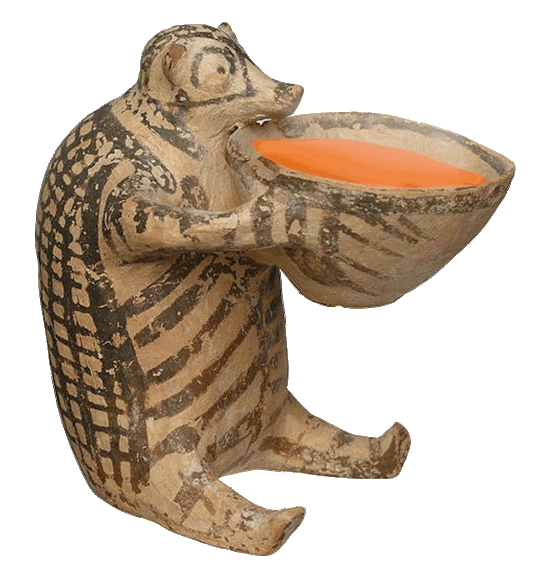
(first time I ever attempted to animate something with gimp lol. same figurine as yesterday.)
(Zoomorphic vase in the shape of an animal, a little bear or a hedgehog, holding a bowl. Chalandriani, Syros. Early Cycladic II period, Keros-Syros Culture (2800-2300 BC).
2K notes
·
View notes
Photo
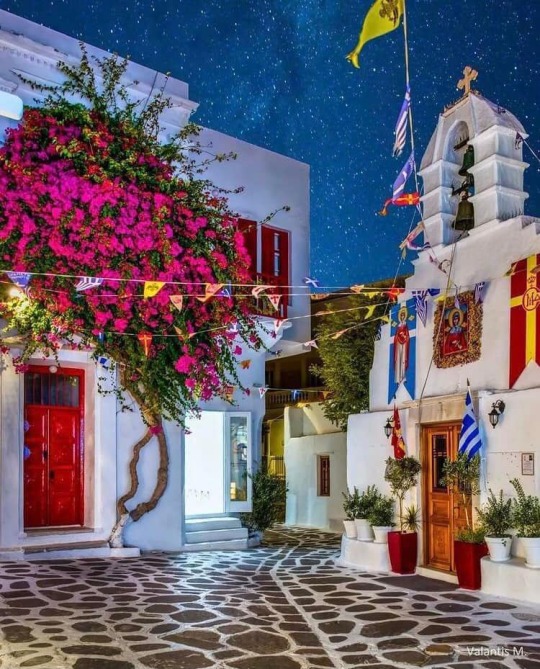
Mykonos getting prepared for Easter! Photo by Valantis M on Instagram.
#greece#europe#travel#wanderlust#architecture#church#christian orthodox#greek culture#mykonos#cyclades#cycladic islands#greek islands
107 notes
·
View notes
Note
So… you’ve officially broken my mind and I can’t thank you enough. I’ve been thinking about what you said regarding 1) the gods visiting Africa and 2) the Cyclopes being people from the literal island of Cyclades.
My entire life, I thought I was so smart bc I could recall the (admittedly bastardized) versions of ancient Greek stories, but… I just spent several hours digging through every essay and paper I could find about both of those topics.
A lot of the sources I found were in Greek, and I’m unfortunately only fluent in English. I went through your tags to see if I could find more sources to read up on factual histories of Greece and Peloponnesian (Aegean? Shit sorry I’m not sure what the right term is) cultures in general, but I was wondering if you have any suggestions on books/authors to get started with.
Also, thank you so much for putting in the effort to explain and mention things about your knowledge. It’s probably frustrating as hell to see the rest of the world fucking around with your culture.
Aw mannnn I'm sorry I know everything is so inaccessible!!! Most of the stuff is in Greek museums as documents that aren't even online, let alone translated!!
But I do have some interesting stuff that you will probably love!!
Chalice and the Blade, keep in mind it was published in the 80s so... Some of the language is outdated, but Eisler did such a phenomenal job calling out preconceived notions ppl had about ancient times and Greece.
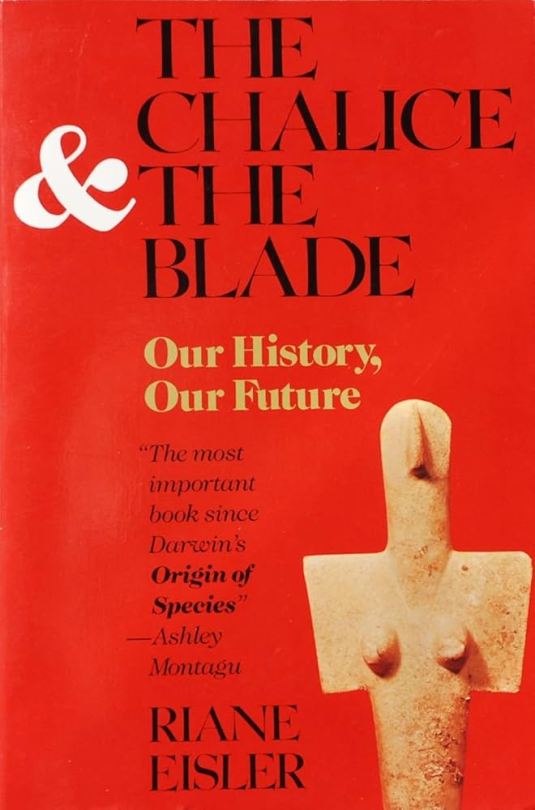
Because I'm petty✨ Here is the exact verse in the FIRST BOOK of the Odyssey where Poseidon returns to the land of "Ethiopia" (in ancient times Ethiopia was the name for north and central Africa, Macrobians were the ppl of south Africa) to receive offerings of bull and ram. Expensive stuff. A pretty huge deal, ppl didn't offer that kind of stuff to random gods.
And here is when Zeus and the gods go to Ethiopia for a feast🥳 I will give you 100€ if Nolan has actually read the Odyssey even once
This is harder to find articles or books for. But I will do it myself if nobody else will. Let's talk about the Cyclopes, a simple people who had livestock and warriors and music. And something about ... Eyes ..that's about it. I'm from the Cyclades. So this description is all I need, I grew up with this stuff. Eyes were one of the symbols of warriors, I'm sure it was scary to fight a woman with eyes tattooed or painted on her body. But that's all it was.... No 5foot monsters with one eye... That's Homer 1000+ years later, telling a story of a people that Dracon did a pretty good job of silencing. But truth has a way of surviving regardless.

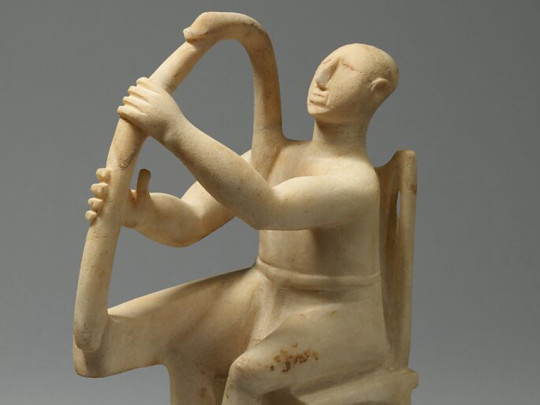
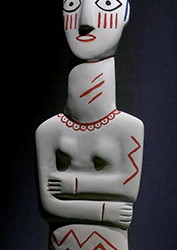

87 notes
·
View notes
Text

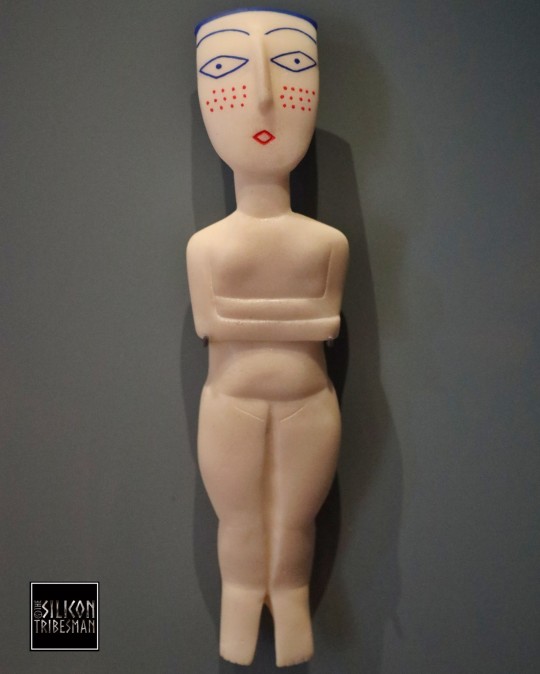
Painted Reconstruction of the Cycladic Figurines of Ancient Greece, cast from original, 2800 to 2300BCE
Ashmolean Museum, Oxford
#cyclades#archaeology#figure#painted face#votive#offering#ancient cultures#ancient living#ancient craft#crafts#sculpture#marble#symbols#female form#body art
63 notes
·
View notes
Photo

Mycenaean Civilization
The Mycenaean Civilization flourished in the Late Bronze Age (c. 1700-1100 BCE), peaking from the 15th to the 13th century BCE. The Mycenaeans extended their influence throughout the Peloponnese in Greece and across the Aegean from Crete to the Cycladic islands. They are named after their chief city of Mycenae in the Argolid of the northeast Peloponnese.
The Mycenaeans were influenced by the earlier Minoan civilization (2000-1450 BCE) which had spread from its origins at Knossos, Crete to include the wider Aegean. Architecture, art and religious practices were assimilated and adapted to better express the perhaps more militaristic and austere Mycenaean culture. The Mycenaeans came to dominate most of mainland Greece and several islands, extending trade relations to other Bronze Age cultures in such places as Cyprus, the Levant, and Egypt. The culture made a lasting impression on later Greeks in the Archaic and Classical periods, most tangibly in their myths of Bronze Age heroes like Achilles and Odysseus and their exploits in the Trojan War.
Major Mycenaean Centres
The Mycenaeans were indigenous Greeks who were likely stimulated by their contact with Minoan Crete and other Mediterranean cultures to develop a more sophisticated sociopolitical culture of their own. Major Mycenaean centres included Mycenae (traditional home of Agamemnon), Tiryns (perhaps the oldest centre), Pylos (traditional home of Nestor), Thebes, Midea, Gla, Orchomenos, Argos, Sparta, Nichoria, and probably Athens. In time, the Mycenaeans would even establish themselves on Crete and especially at Knossos, thus superseding the Minoans as the dominant culture in the southern Aegean by the second half of the 15th century BCE.
Sponsorship Message
Continue reading...
135 notes
·
View notes